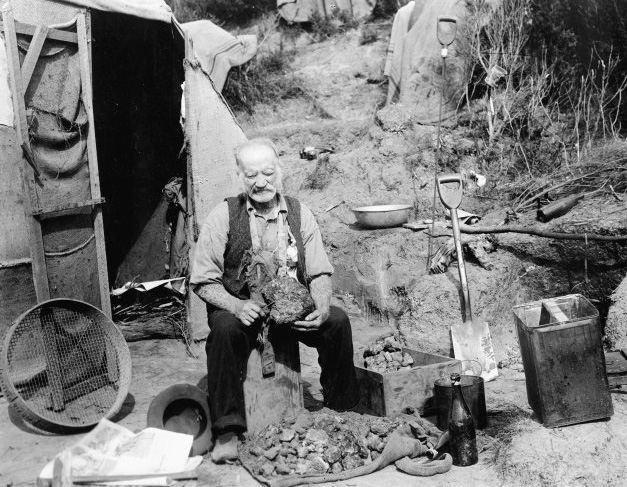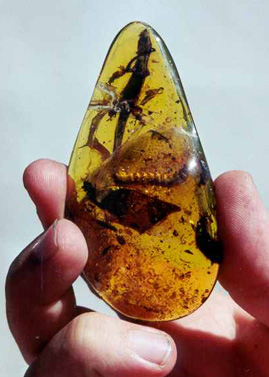
D A7 D D7 G C
1. The restless shadows by me flit, And day will soon be o'er
A7 D Bm G Em A7
As in the dying light I sit, Outside my wha-re door
D A7 D D7 G C
Away across the east I see, The black swans homeward come
A7 D Bm G G6
Through sunset skies that gleam on me, A digger scraping gum.
C F G A7 G D
Yo-ho-wup! Yo-ho-wup! Yo-ho!
2. Mid hills of grey and brown I live here in the scrub
Full 50 miles from any town And ten from any pub
Through winter's rain and summer's drought This life maybe suits some
I grind a scanty living out A digger scraping gum
Yo-ho-wup! Yo-ho-wup! Yo-ho!
3. And if you want the way you've gone Hid from friends you've lost
As slow the years of life steal on And turn the hair to frost.
Then see across the Eastern sky, The black swans homeward come
Neath sunset skies that gleam on my, Hard scraping of the gum.
Yo-ho-wup! Yo-ho-wup! Yo-ho!
|
The Black Swans on Record
'Songs of the Gum-diggers' The Song Spinners 1969
'Song of a young Country' Dave Calder 1972
'Fields of the Gum' Bill & Kath Worsfold 1999
The Black Swans origins
These lyrics, by an anonymous songwriter, were collected from E L Eyre by Neil Colquhoun who constructed this tune for it, and first published it in 1965 in "Song of a Young Country"

